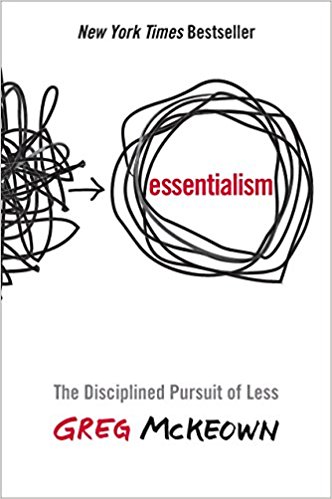Teenage Anxiety: The Invisible Disease
National Crisis or a Sign of the Times?
According to national statistics, anxiety affects nearly 1 in 5 adults annually and affects a staggering 1 in 3 adolescents. The National Comorbidity Survey Adolescent Supplement (NCS-A) which looked at any anxiety disorder among U.S. adolescents aged 13-18 found the following:
- An estimated 31.9% of adolescents had any anxiety disorder.
- Of adolescents with any anxiety disorder, an estimated 8.3% had severe impairment.
- The prevalence of any anxiety disorder among adolescents was higher for females (38.0%) than for males (26.1%).
- The prevalence of any anxiety disorder was similar across age groups.
From the Trenches
The other day I asked my 17 year-old daughter if she thought social media made people anxious. “No dad,” she said. “Social media just makes people unhappy. Anxiety is a different. You get anxious about getting all your (school) work done, about being late to something, or wondering who you’re going to sit with at lunch.”
My professional opinion is that anxiety is hard-wired. Some people are predisposed to it and others are not. That said, anyone can experience anxiety and national statistics support this. Anxiety may be triggered by undo stress, unstable home or work situations, a health crisis, and the like. This trick, is to address the issue as soon as possible so that it doesn’t lead to any long-term consequences.
FOMO
Whether your kids are telling you or not, there is a tremendous pressure to stay and maintain connection with their peers. They have to follow one another on Instagram and Snapchat, constantly like posts, and make sure they don’t miss out on the next social gathering. If they’re not invited, they’ll be sure to find out about that too.
Add to this the pressure to go to college, to do well on tests, and generally look and perform like a celebrity, and you have a recipe for anxiety. It’s kind of like managing your own 24-hour, 7-day per week PR Campaign while getting your homework done, participating in sports, and getting enough sleep!
Be A Mirror
It’s amazing how much value there is to listening. For our teenagers, who are transitioning into young adults, we can be a resource to just listen and acknowledge what they are going through. We can also reflect back to them their own expectations to see if they are misguided or unrealistic. I am not advocating for less per se. Rather, creating realistic expectations of what he or she can achieve given finite resources of time and energy.
Anxiety—An Alternative Approach
While severe anxiety requires a multi-faceted approach, mild-to-moderate anxiety can be addressed using a host of alternative therapies. In my practice, I use both acupuncture and herbs to great effect in the treatment of this condition. Acupuncture is terrific at balancing and calming nervous tension, while herbs can be used to improve sleep, calm the mind, and stabilize mood. Meditation, exercise, sleep, and diet all have an effect on mood as well. Lastly, removing or modifying the anxiety-producing stimulus is always advisable.
Clinical Research: Acupuncture Provides Relief from Anxiety.
Two Cool Resources

- Feeling overwhelmed may come from a lack of awareness or understanding about what we can and should do on a daily basis. I highly recommend Essentialism by Greg McKeown for a discussion on this topic. Admittedly this is more of a resource for adults.
- Recently, many schools in the SF Bay Area have been showing a documentary called Angst to their students. It shows how anxiety is affecting both middle and high school students across the U.S.. This movie follows a number of teenagers dealing with anxiety and features an interview with Michael Phelps, who struggled with anxiety and depression for years.
Conclusion
Anxiety is a condition experienced by tens of millions teens and adults each year. Naming the condition is the first step. Taking action is next. If a teen you care about is experiencing anxiety, please have them contact me, or help them connect with a local resource, or take the time to find out what you can do to help.







